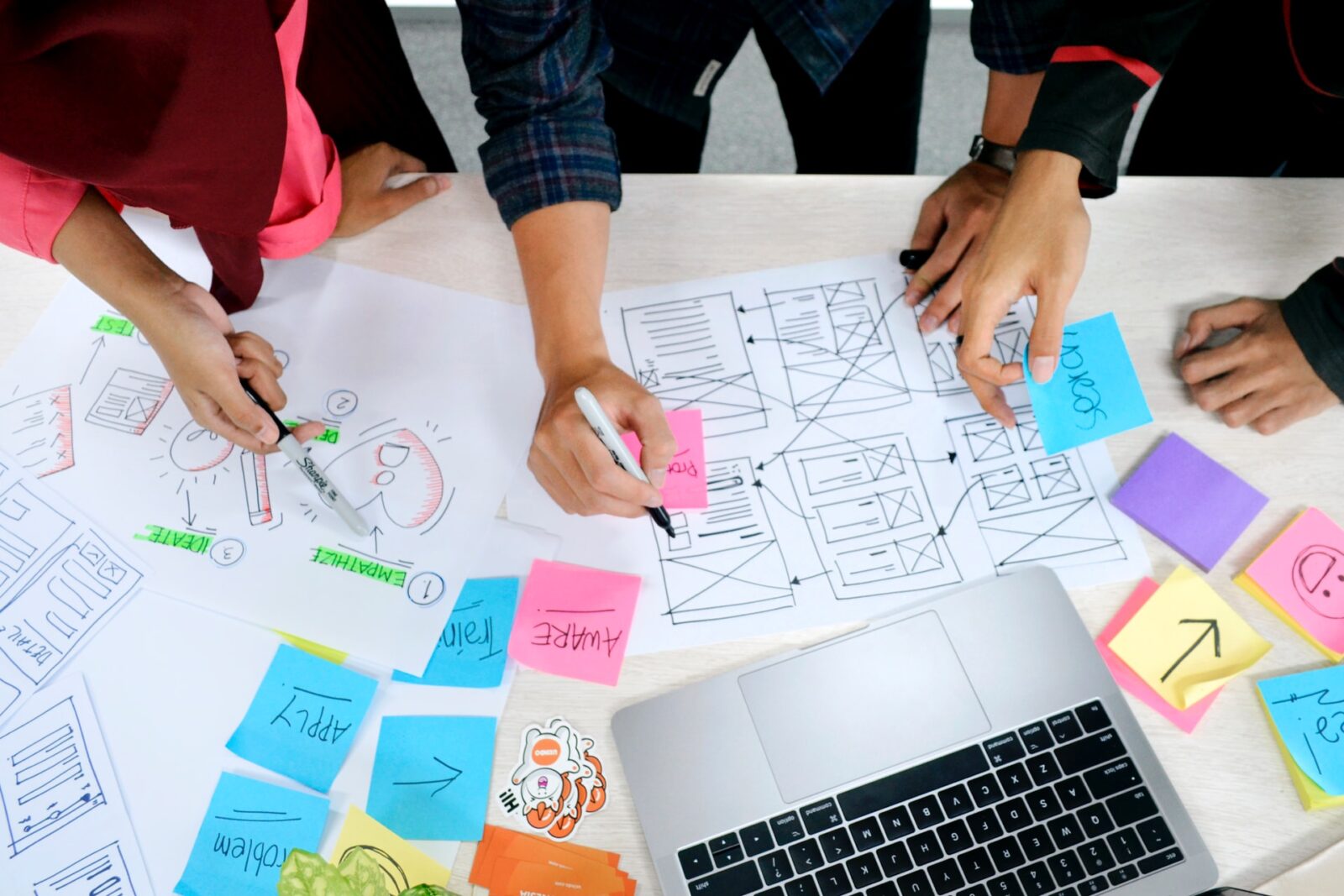As the world moves to an increasingly digital space, UX designers embrace new web design trends like never before. The convergence of UX design and web design is ushering in a new era for interactive design.
Today, the user experience is shaping trends in web design like never before. From clean layouts to responsive typography, essential web design trends will shape the user experience.
Designers Do Not Just Use Design Trends
The way websites look and feel is largely dictated by design trends. Design trends are what you see when you visit the homepage of a website. These are visual elements and include how web pages are organized, how people interact with them, etc. Design trends are not just used by designers but have become an essential aspect for UX designers.
Design trends have always been in constant flux due to different technological developments, new technologies, and innovations in the industry. For instance, flat design became popular because it was minimalistic and easier to read on mobile devices. But now, prismatic prism is becoming increasingly popular because it provides a more immersive experience on mobile phones.
Essential Web Design Trends That Will Shape User Experience
The web design trends are not limited to the latest and the greatest. They cover a wide spectrum of approaches and techniques that offer users a more intuitive and interactive experience. The adage “content is king” rings true today, where content marketing strategies are powerful enough to captivate audiences, build trust, and produce actionable results. However, there are some other important Web Design Trends That Will Shape User Experience. Let’s take a look.
Motion Design:
The trend in web design is to provide an immersive experience and give users a way to not only explore products or services but also learn about them. Motion design is one of the most significant trends in web design with its ability to capture user attention and build stronger engagement. Motion design has been used for decades in film, television, video games, and commercials. But with the advancement of technology, it’s now possible to use this technique for your website.
Retro Web Design:
The retro web design trend is one of the most popular web design trends in recent years. There are many reasons why this trend will shape UX in future years. For example, retro designs can help create a nostalgic feeling for the user and appeal to their emotions. It also offers a sense of continuity with past websites, which helps users feel connected to your brand or product.
Microinteractions:
A micro-interaction is a simple moment but can have a profound effect on the user experience. It’s not about adding more things to your UI; it’s about doing one thing well and making something happen in response to an action. Microinteractions are simple moments but can have a profound effect on the user experience.
Responsive Web Design:
Responsive web design is the future of web design. It helps in a better user experience and saves money for website owners. The importance of responsive design can’t be understated; it’s an essential trend that will shape the user experience. Though there are many benefits to responsive design, it’s also the most difficult to implement well due to its complexity and devices connected to the internet.
The role of the website has shifted from being just an information provider to being a tool for personalization and online shopping.
Continuous Feeds:
Users are now accessing web content at an unprecedented rate. As a result, designers must consider the needs of their users and offer them an engaging experience. Continuous feed is one of the emerging trends that will shape user experience with its responsive design and adaptive layout.
User-centric Design
User-centric design is an essential web design trend, and it will shape the user experience. It’s all about strengthening the connection between a company and its customer by hearing what their needs are and meeting those needs with a product or service that can be easily used.
There are many benefits to user-centric design. Brands that offer their customers a delightful experience have been shown to have higher engagement rates. Creating a product or service that has been designed using this methodology also allows for easier updates as the customer’s needs change over time. This is because it puts the user in charge of what they should expect from your company, so they know why changes to your products or services are being made.
Releasing Products in Iterations
Many people ask if it’s better to release products in iterations or not. Companies like Google and Facebook release new updates every quarter. They release 1 major update, 3 minor updates, and 2 patches to address bugs. However, other companies like Apple release only one major update per year for their iOS software. With this kind of approach, companies gain more control over the quality of the product.
This means that users don’t get many new features with each upgrade for some time after its release. However, this also means that the company can polish up the product before releasing it publicly.
Finally
The design industry is continuously evolving, and so are the web design trends. The following web design trends will shape user experience and help you create a seamless online experience for your users.







